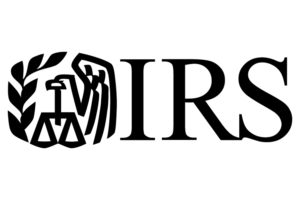 The U.S. Treasury Department and Internal Revenue Service (IRS) issued guidance Friday for the 45Z Clean Fuel Production Credit under the Inflation Reduction Act.
The U.S. Treasury Department and Internal Revenue Service (IRS) issued guidance Friday for the 45Z Clean Fuel Production Credit under the Inflation Reduction Act.
The guidance divides transportation fuel into two broad categories – sustainable aviation fuel (SAF) and non-SAF transportation fuel and notes that a taxpayer must have a signed registration letter from the IRS “dated on or before January 1, 2025, for the taxpayer to be eligible to claim the §45Z credit for production starting January 1, 2025.”
The lifecycle greenhouse gas emissions of the fuel are to be determined under the guidance in accordance with: (I) the most recent Carbon Offsetting and Reduction Scheme for International Aviation (CORSIA) which has been adopted by the International Civil Aviation Organization with the agreement of the United States, or (II) any similar methodology which satisfies the criteria under § 211(o)(1)(H) of the CAA, as in effect on August 16, 2022.
The guidance provides definitions for various terms related to non-SAF fuels including Low-GHG ethanol.
The term “low-GHG ethanol” means ethyl alcohol that is a liquid fuel that meets the specifications of ASTM International D4806 for denatured fuel ethanol for blending with gasolines and that has an emissions rate that is not greater than 50 kg of CO 2e per mmBTU.
An appendix provides a table of feedstocks used to “make fuels that may be eligible for the §45Z Credit,” under categories including agricultural residue, biomass energy crops, CO2, ethanol, oilseeds, starch and sugar crops, and woody biomass.

